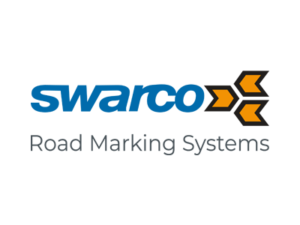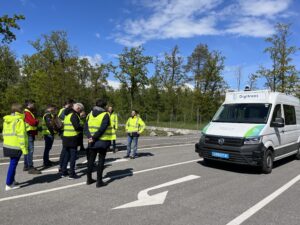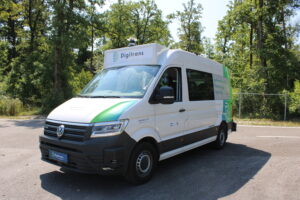SWARCO Road Marking Systems and the ZKW Group conducted comprehensive tests on automated driving at the proving ground in St. Valentin.
Within the scope of this testing, both companies carefully examined the visibility of markings in varying conditions when using automated detection systems. The results of the tests on the proving ground in St. Valentin demonstrate the direct correlation between the marking systems’ quality and their detectability by cameras and LiDAR sensors.
High-Performance Markings – the Basis for Automated Driving
“Road markings are an integral part of the road infrastructure required for autonomous driving, that much is clear. We also wanted to know, however, if the quality of the marking systems affects automatic detectability,” explains Friedrich Wiesinger, Team Leader Product Development at SWARCO Road Marking Systems.
For this purpose, the company recently carried out research together with ZKW Group at the new proving ground in St. Valentin, where a broad range of road markings had been applied last year to perform various tests.
ZKW Group is a specialist in innovative premium light systems and electronics. As a system supplier, it ranks among the leading partners of the automotive industry worldwide. In the tests conducted jointly with SWARCO Road Marking Systems, cameras as well as LiDAR were used.
“We wanted to explore how well different markings are detected in a variety of situations. For this purpose, testing took place both during the day and at night, in some cases even with simulated oncoming traffic,” explains Thomas Reiter, Group Senior Manager for Autonomous Driving at ZKW Group.
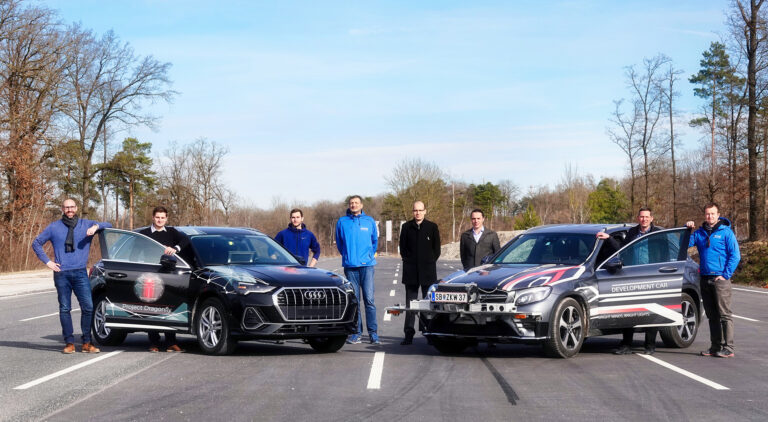
In St. Valentin experts from both SWARCO Road MArking Systems and ZKW Group are jointly conducting research on the future of automated driving.
© SWARCO Road Marking Systems
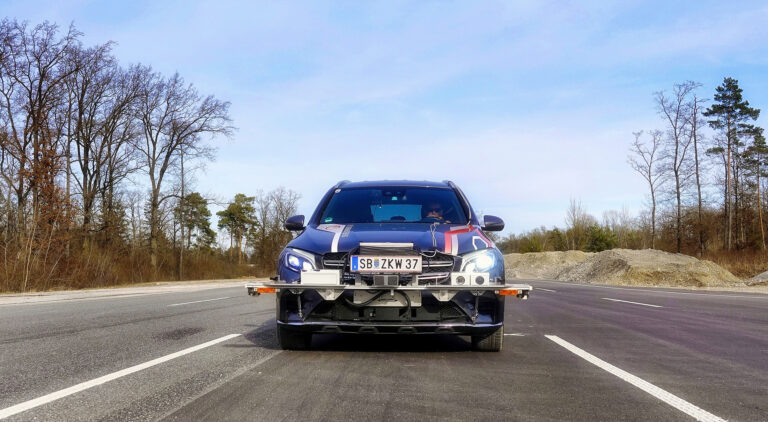
Equipped with LiDAR and cameras, the test vehicle detects different markings on the proving ground in St. Valentin. © SWARCO Road Marking Systems
“Our goal is to further optimize how sensors, and road and marking detection interact and work together. This is the basis for developing our products further and establishing new standards, especially for the harmonization of road markings in Europe”
Friedrich Wiesinger/ Team Leader Product Development SWARCO Road Marking Systems

Creation of a broad range of conditions on the proving ground in St. Valentin
Besides day and night tests, the focus was also on road marking wear. To include worn markings in the tests, new markings were worn down using special tools.
Testing also took different weather conditions into account. “At the proving ground in St. Valentin, half of a pedestrian crossing has structured markings, while on the other half, plain markings are used.
This pedestrian crossing was then placed under water during night-time. In such a situation, the section with the structured markings is much more clearly visible to the human eye. And for the sensors, it’s the same,” Wiesinger explains.
Starting in the fall, an additional outdoor rain plant, unique in Europe, will be available on the proving ground in St. Valentin for further tests.
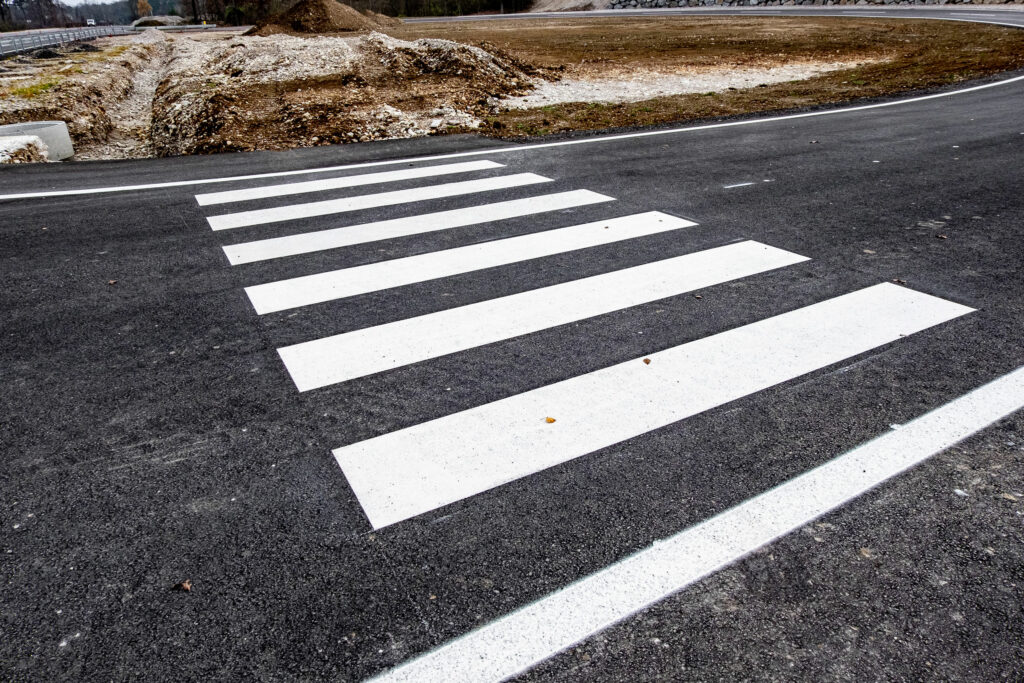
Pedestrian crossing with structured markings and plain markings on the proving ground in St. Valentin. © DigiTrans GmbH
Tests on the proving ground in St. Valentin provide important findings for Real-Life Situations
The special test involving the two-part pedestrian crossing confirmed what further tests on the proving ground demonstrated, too: the higher the quality of the pavement markings, the better they are detected by autonomous systems.
This applies to the detection by cameras as well as LiDAR systems and is based on the properties of high-performance markings. Whereas a permanently high contrast with the surface matters for cameras, for LiDAR, high retroreflection with values above average is particularly essential.
Thanks to their structures, high-performance markings remain more clearly visible even in difficult circumstances, such as in wet conditions. In contrast, worn markings have an adverse effect on automatic detectability, as expected.
“In summary, we can clearly say that high-performance markings are of paramount importance for automated driving. They are detected more reliably and have a longer service life, thus enhancing road safety.
In accordance with these findings, minimum standards for road marking should therefore be high to make the future of automated driving truly safe,” concludes Wiesinger, pointing to the detailed scientific assessments that are currently in the works.
About SWARCO Road Marking Systems
What began in 1969 with small reflective glass beads has grown to become the world’s largest system provider for road markings. SWARCO systems and solutions save lives every day: SWARCO Road Marking Systems quality products and services guide traffic safely from A to B by day and especially by night. On all roads. In any weather. From a single source. More than 5,000 customers in more than 80 countries rely on it.
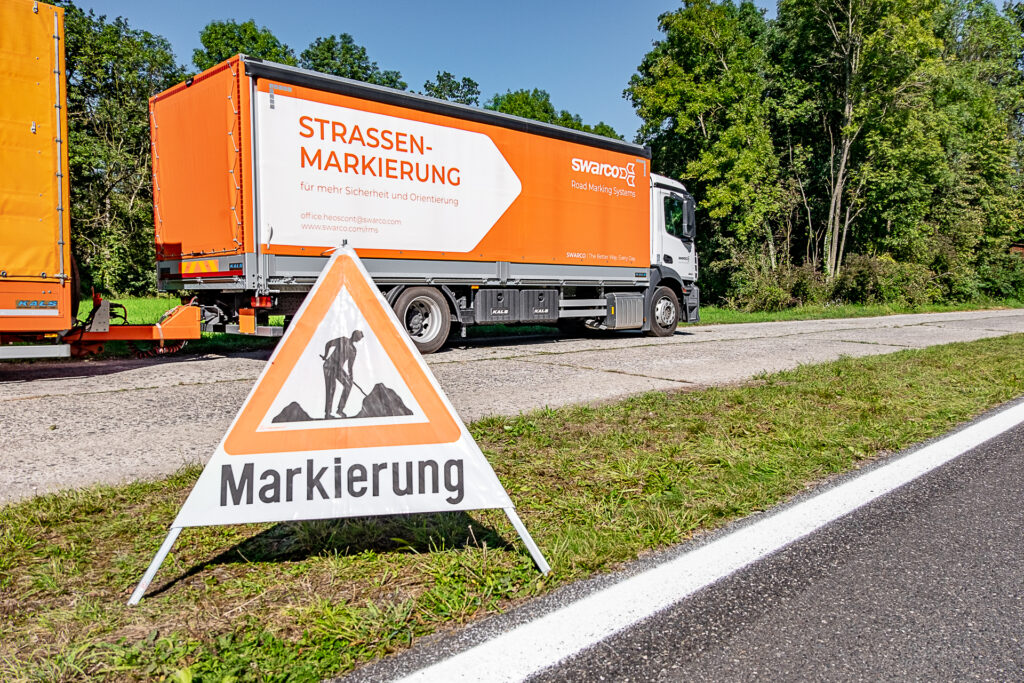
© DigTrans GmbH 2022
SWARCO Road Marking Systems bundles its know-how and innovative strength in the Competence Center for Glass Technology and Marking Systems to continue to lead the way in road marking for the global market in the age of Smart Driving and Autonomous Driving.
You might also be interested in
Further Insights
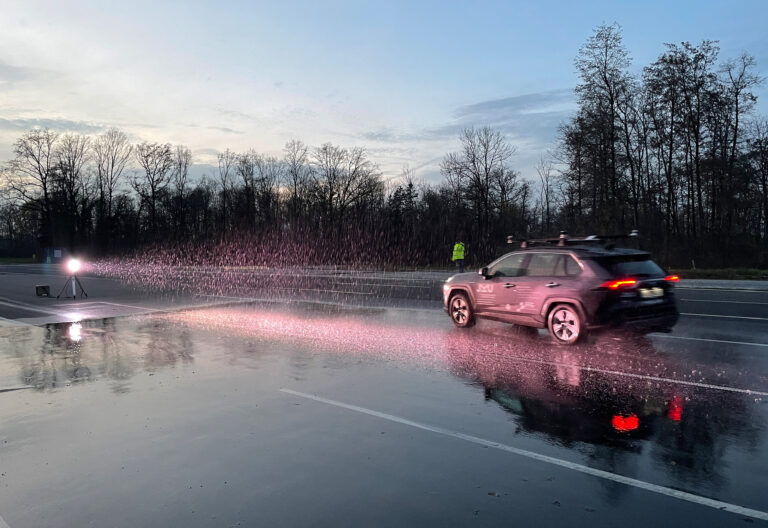
Automated driving in wet and rainy conditions – how well are lane markings detected?
Especially in the field of autonomous driving, it is important that the vehicle recognizes lane markings optimally. SWARCO Road Marking Systems, together with researchers from the Johannes Keppler University Linz, has tested the machine recognizability of lane markings under different conditions at the Digitrans test center in St. Valentin.
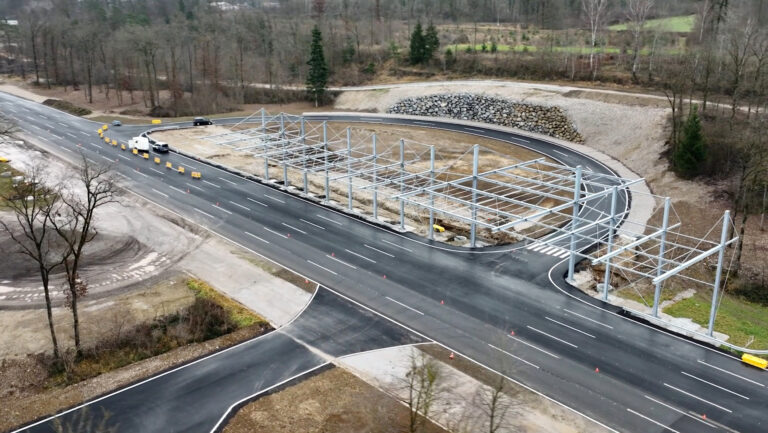
Testcenter for automated driving – expansion of the proving ground in St. Valentin
The expansion of the proving ground in St. Valentin marks an important step toward the mobility of the future. A state-of-the-art test infrastructure for automated vehicle technologies is to be created in order to develop, test and verify safe, connected and autonomous driving in Austria.
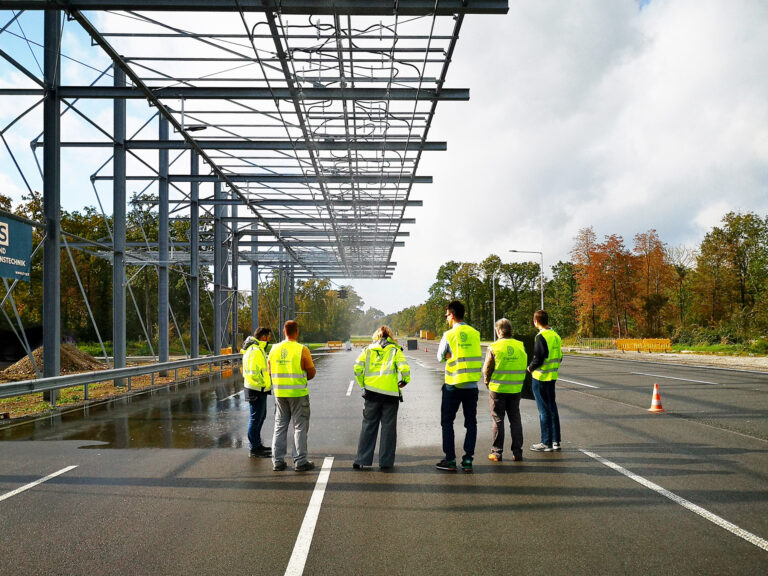
Outdoor rain plant for AD and ADAS testing – Site Visit at Digitrans Testcenter for automated Driving
With the outdoor rain plant in St. Valentin, we are delivering the first system that allows the performance and limits of sensors and algorithms to be tested reproducibly at different rain intensities in a realistic outdoor environment. And that at the touch of a button!

